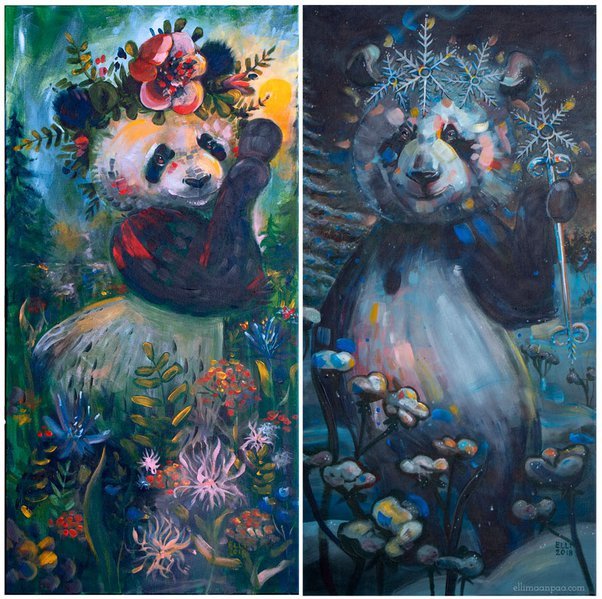How art styles has changed over time.
Art is a reflection of the culture, society, and individual perspectives of its time. Throughout history, art styles have continuously evolved, adapting to technological, cultural, and societal changes. The transformation of art styles over time provides a fascinating glimpse into the human experience and the ever-evolving nature of creativity. This article will take you on a journey through the centuries, exploring how art styles have changed and adapted over time.
Ancient Art: The Birth of Expression
The earliest forms of art date back tens of thousands of years to prehistoric times. Cave paintings, petroglyphs, and sculptures were some of the first artistic expressions of our ancestors. These ancient artists used their surroundings, such as natural pigments and rock surfaces, to create powerful and symbolic images. These artworks primarily served functional purposes, often tied to rituals, hunting, and storytelling.
Classical Art: Harmony and Idealism
The classical art of ancient Greece and Rome, which emerged around 480 BC, introduced a new era of artistic achievement. Sculpture, painting, and architecture during this period were characterized by a focus on balance, proportion, and idealized representations of the human form. Artists like Phidias and Praxiteles created works that celebrated the human body, and their influence can still be seen in modern art.
Medieval and Gothic Art: Spirituality and Devotion
As Europe entered the medieval period, art styles shifted to reflect the dominant role of the Church in society. Medieval art, characterized by intricate illuminated manuscripts and religious frescoes, was often created by monks and was deeply rooted in spirituality. The later Gothic period introduced soaring cathedrals with intricate stained glass windows that aimed to connect people with the divine through awe-inspiring architecture.
Renaissance Art: Realism and Perspective
The Renaissance, starting in the 14th century in Italy, marked a pivotal moment in the history of art. Artists like Leonardo da Vinci, Michelangelo, and Raphael pushed the boundaries of artistic expression by introducing perspective, anatomy, and realistic portrayal of the world. This period saw a return to classical ideals while embracing new techniques and mediums.
Baroque and Rococo: Drama and Ornamentation
The Baroque period that followed the Renaissance embraced dramatic, emotional, and highly detailed art. Caravaggio's chiaroscuro technique created dramatic contrasts of light and shadow, while the Rococo style, which emerged in the 18th century, emphasized ornate and playful aesthetics. These styles reflected the opulence and dynamism of their respective eras.
19th Century: Romanticism, Realism, and Impressionism
The 19th century witnessed a diverse range of art movements. Romanticism celebrated emotion and individualism, with artists like Caspar David Friedrich and Eugène Delacroix exploring nature and human passion. Realism, on the other hand, aimed for an unvarnished depiction of everyday life. The Impressionists, led by Monet, Renoir, and Degas, broke with tradition by capturing the fleeting effects of light and atmosphere.
20th Century: The Age of Avant-Garde
The 20th century saw an explosion of artistic experimentation. Movements like Cubism, Surrealism, and Abstract Expressionism challenged conventional representations of reality. Artists like Pablo Picasso, Salvador Dalí, and Jackson Pollock pushed the boundaries of artistic expression, reflecting the turbulence and complexity of the modern world.
Contemporary Art: Pluralism and Digital Revolution
In the 21st century, art styles have become more diverse than ever. Contemporary artists explore a wide range of mediums, including digital art, performance art, installation art, and street art. The globalization of art and the digital revolution have created a connected world where artistic influences cross borders effortlessly.
The evolution of art styles over time reflects the ever-changing nature of human society, technology, and individual expression. From the earliest cave paintings to the avant-garde experiments of the 20th century and beyond, art has been a powerful mirror of our collective experiences. As we continue into the future, one can only wonder how new technologies and societal shifts will shape the art styles of tomorrow, creating a rich tapestry of creativity for generations to come.

